Severe Acute Respiratory Syndrome (SARS) was placed on U.S. quarantine list
On Mar. 18, 2003, Severe Acute Respiratory Syndrome (SARS) was placed on U.S. quarantine list. Persons under quarantine…
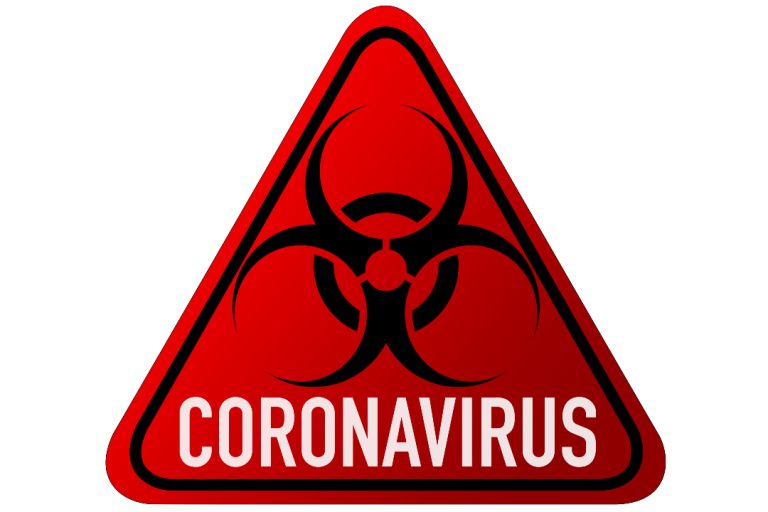
On Mar. 18, 2003, Severe Acute Respiratory Syndrome (SARS) was placed on U.S. quarantine list. Persons under quarantine…
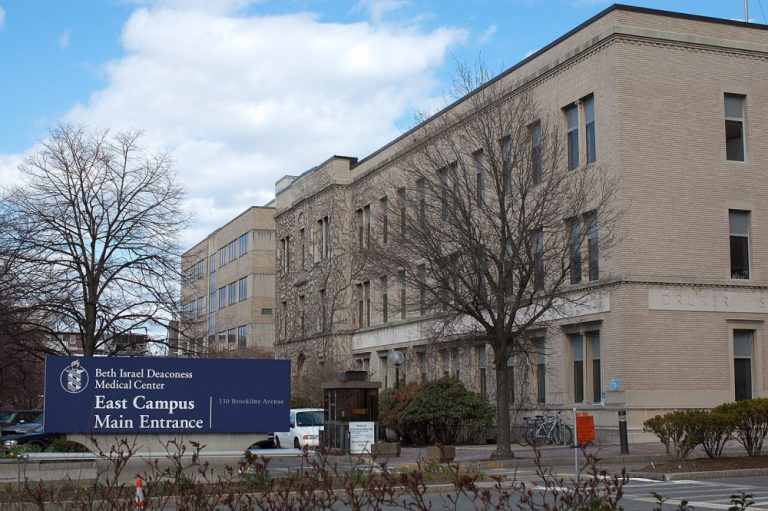
On Mar. 4, 2003, Beth Israel Deaconess researchers pinpointed the source of preeclampsia, a life-threatening complication of pregnancy….

On Mar. 6, 2003, the Singapore Ministry of Health (MOH) and the World Health Organization (WHO), announced they…

At t he end of February 2003, the World Health Organization (WHO) recognized Severe Acute Respiratory Syndrome (SARS)…
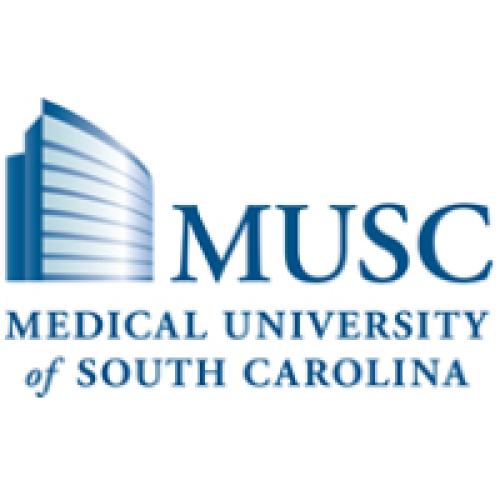
In 2003, the Medical University of South Carolina and Clemson University established a joint Bioengineering Program. Located on…

In 2003, Dr. William Hagopian at the Pacific Northwest Research Institute began Phase I of the hOKT3 study….

In 2003, public health officials reported the re-emergence of H5N1 avian influenza for the first time since an…
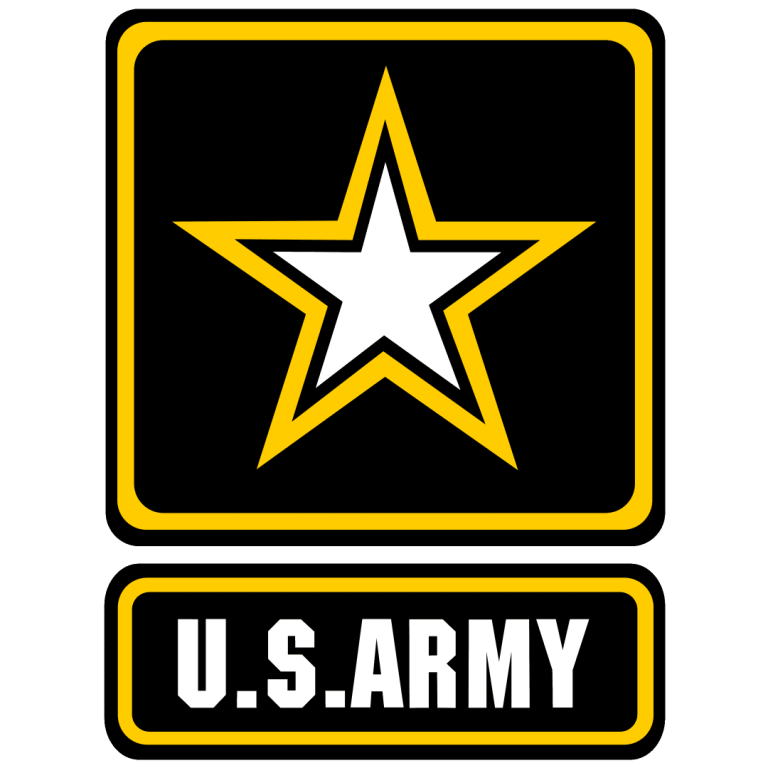
In 2003, The Institute for Collaborative Biotechnologies (ICB) was founded as an Army-sponsored University Affiliated Research Center (UARC)….

On Dec. 12, 2002, the National Cancer Institute (NCI) announced that a clinical trial had shown that reducing…
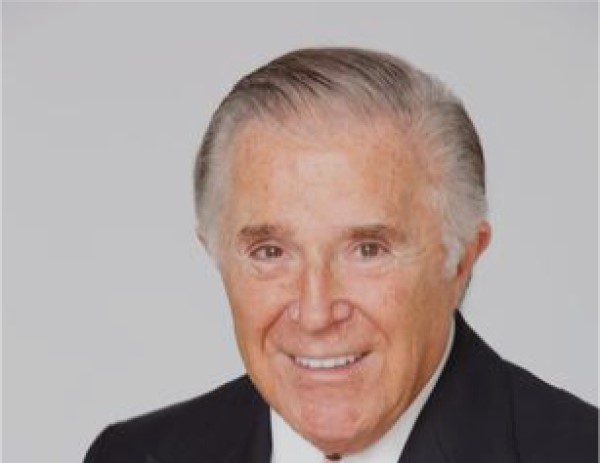
On Dec. 1, 202, Sidney Kimmel, founder and chairman of Jones Apparel Group, donated $150 million for cancer…
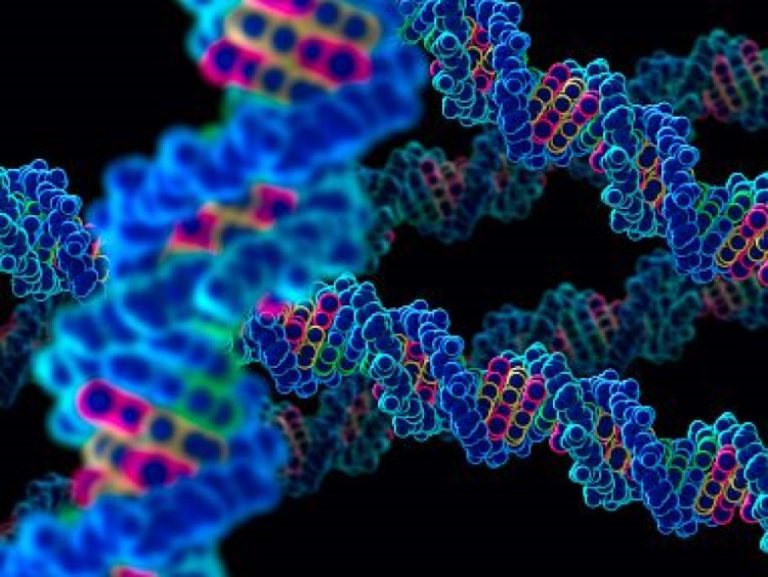
On Oct. 29, 2002, an international research consortium launched a $100 million public-private effort to create the next…
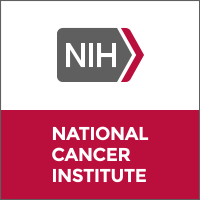
On Oct. 16, 2002, patterns of proteins found in patients’ blood may help distinguish between prostate cancer and…
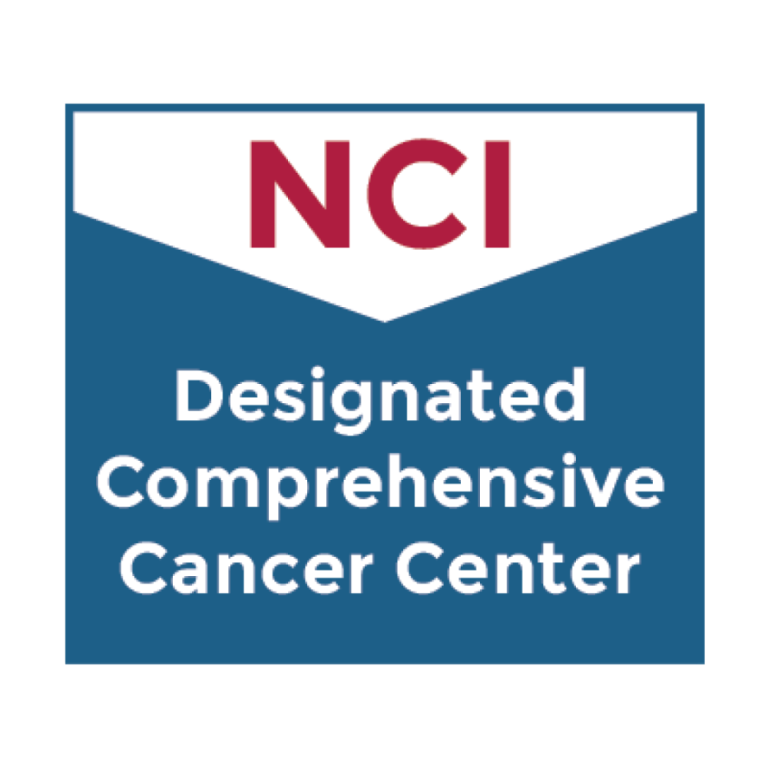
On Jul. 2, 2002, the University of California, Davis Comprehensive Cancer Center announced it had received National Cancer…

On Jun. 24, 2002, researchers at the University of Minnesota Stem Cell Institute (SCI) announced they had found…

On Jun. 21, 2002, all 53 Member States in the World Health Organization (WHO) European Region were certified…
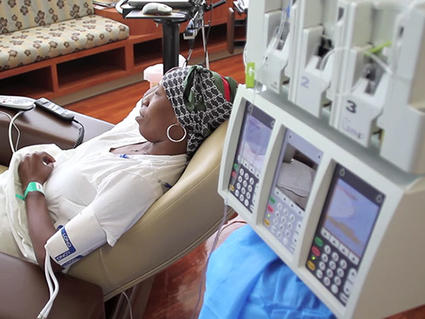
On Jun. 19, 2002, National Cancer Institute (NCI) scientists used microarray technology to determine the patterns of genes…
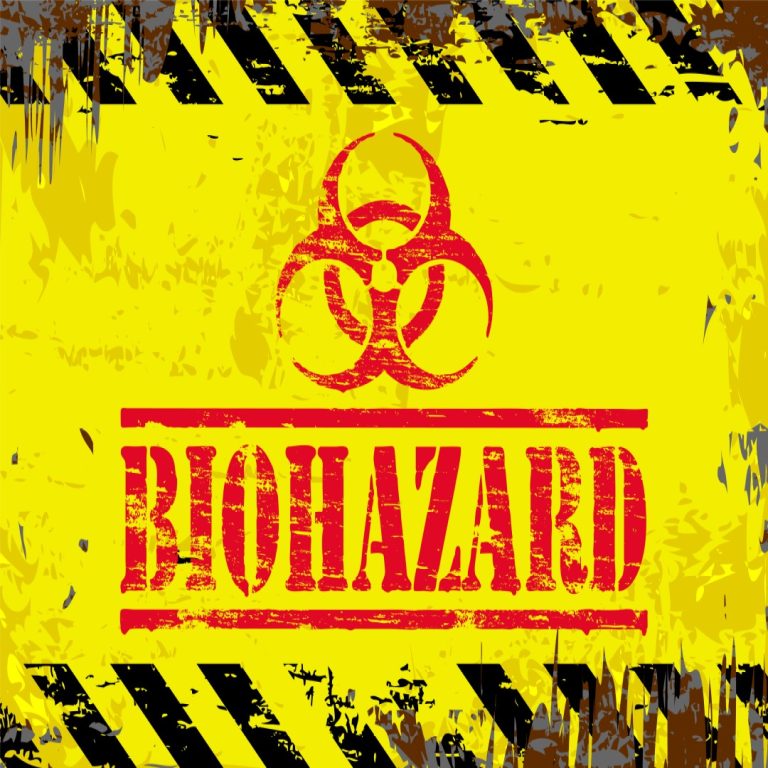
On Jun. 12, 2002, President George W. Bush signed the Public Health Security and Bioterrorism Preparedness and Response…

On Jun. 8, 2002, the Salt River Pima-Maricopa Indian Community pledged $5 million to the Translational Genomics Research…

On May 19, 2002, researchers from the National Cancer Institute reported that the molecularly targeted drug bevacizumab slowed…

On May 7, 2002, Quinton Cardiology Systems held its Initial Public Offering raising $28 million. The Bothell, Washington…

On Feb. 11, 2002, three leading national health organizations announced they had committed $15 million to establish the…
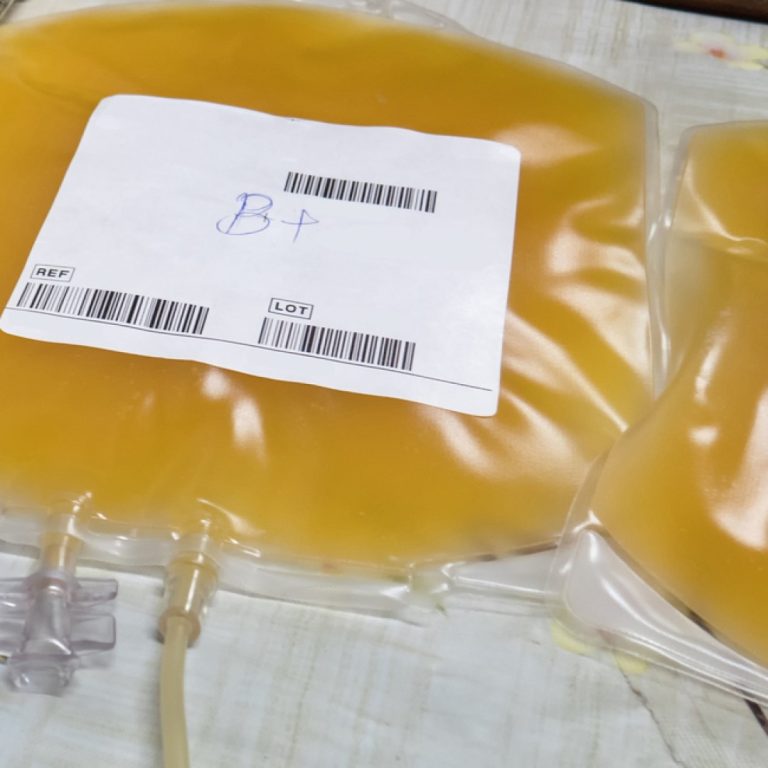
On Feb. 7, 2002, scientists from the National Cancer Institute (NCI) and the Food and Drug Administration (FDA)…

In February 2002, the doors opened to the John Stroger Hospital of Cook County, a new state-of-the-art, 464-bed,…
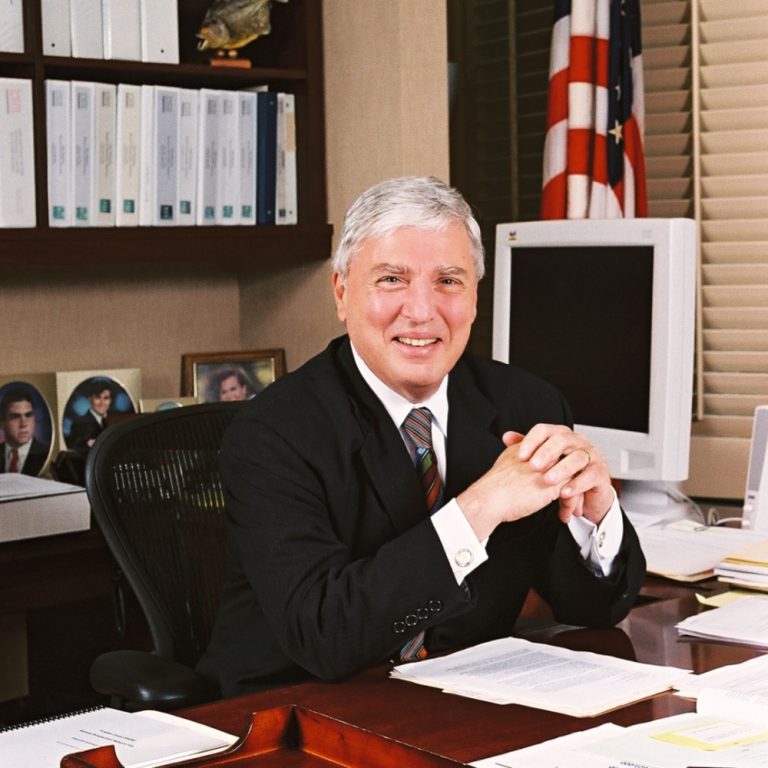
On Jan. 22, 2002, Dr. Andrew C. von Eschenbach became the twelfth director of the National Cancer Institute…
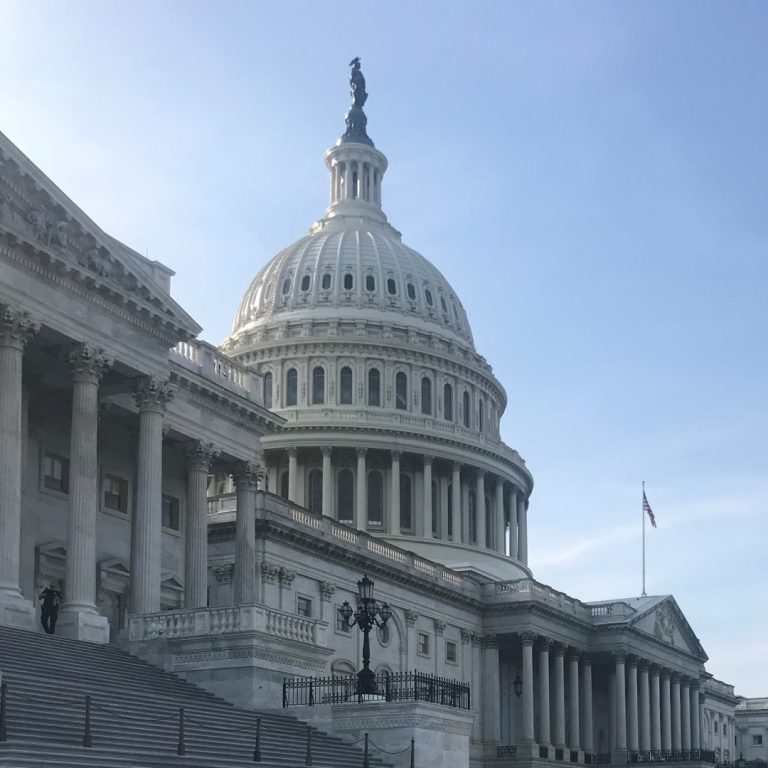
In 2002, the U.S. Congress passed the Best Pharmaceuticals for Children Act that improved safety and efficacy of…

In 2002, digital diagnostic technology was developed with the creation of AQUA (Automated Quantitative Analysis) at Yale Cancer…

In 2002, The Red River Valley Research Corridor was established by U.S. Senator Byron Dorgan. The corridor is…
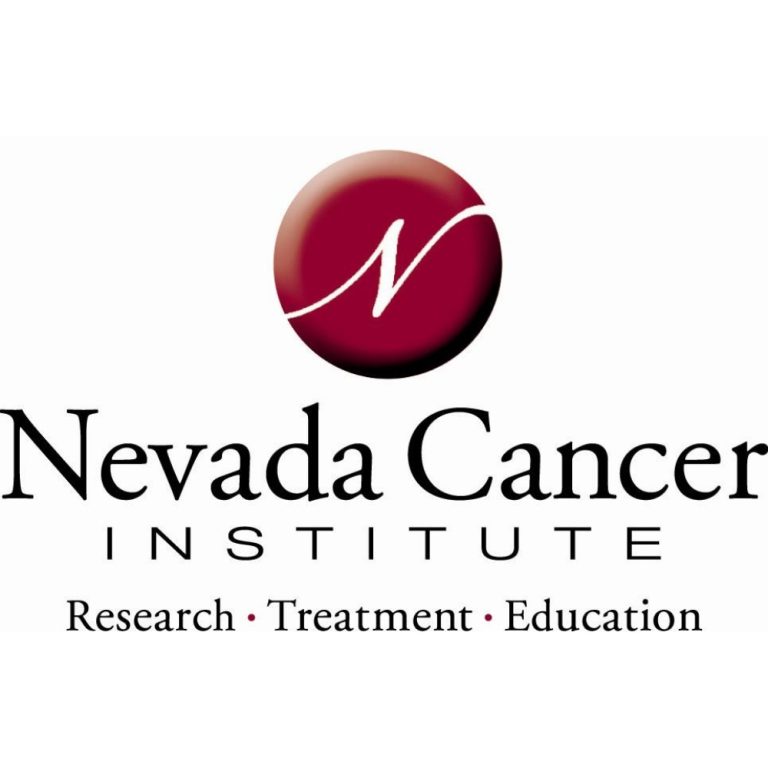
In 2002, the Nevada Cancer Institute (NVCI), founded in 2002 and located in Summerlin, was a non-profit organization…

In 2002, the Cancer Center at Baylor College of Medicine, now known as the Dan L Duncan Comprehensive…

In 2002, The Gateway Building opened at VCU Medical Center, a $39 million dollar structure, opened in March…